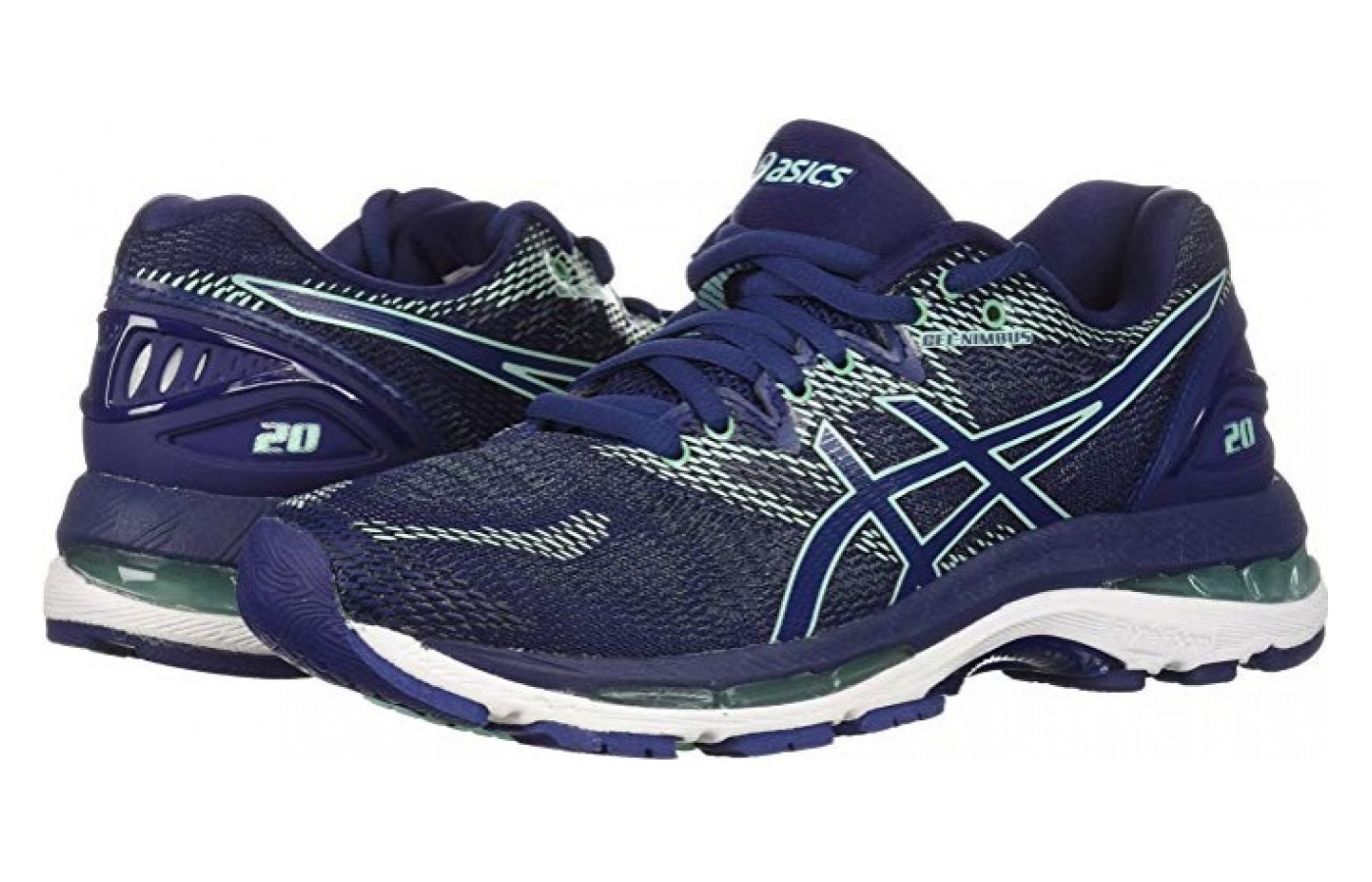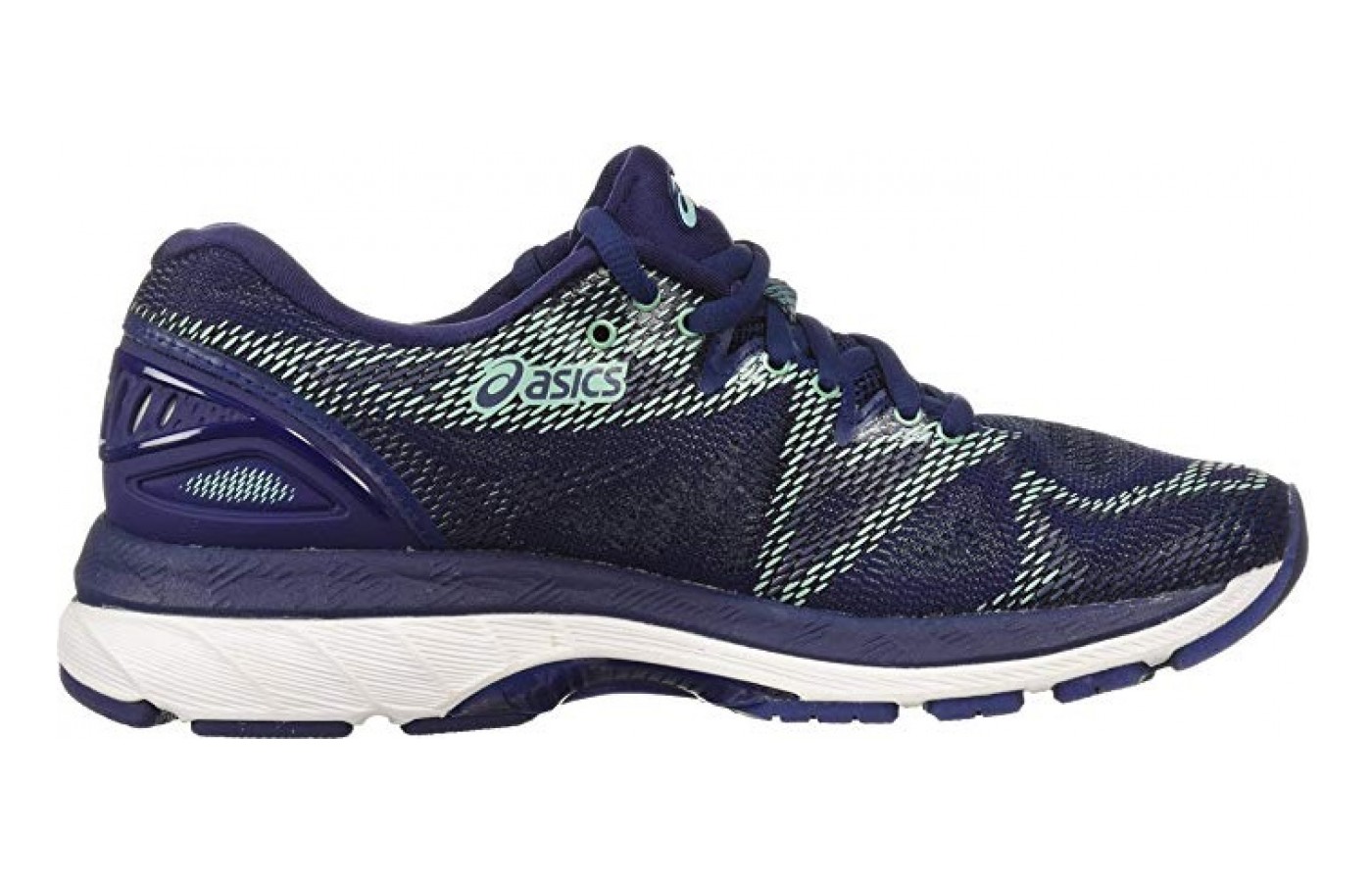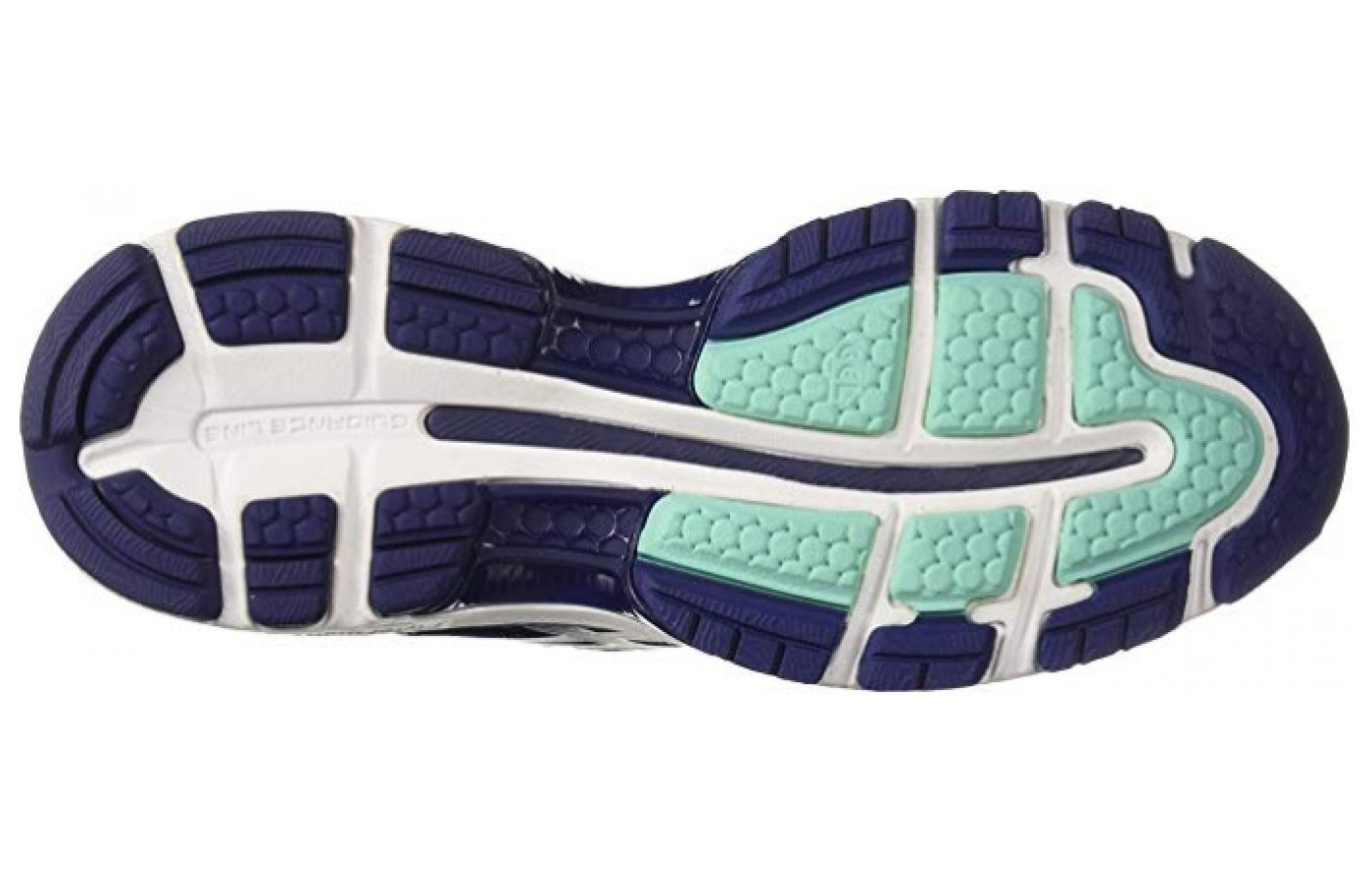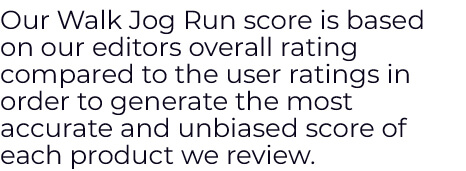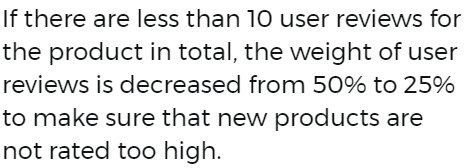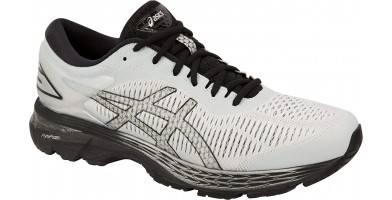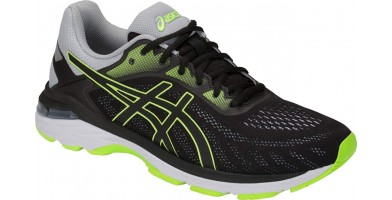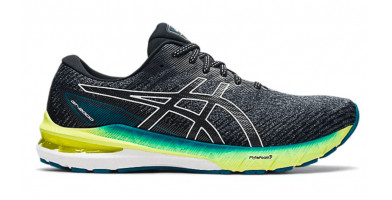There is a vast array among the stylings of running shoes in the market today. The ASICS Gel-Nimbus 20 is no different, within this regard. With each company, there is a hallmark of approval which helps define and separate the greatness in their respective designs. With ASICS, the IGS (Impact Guidance System) is the hallmark by which their footwear centers. Everything else builds around this centrally focused idea. The Gel-Nimbus 20 is part of a long line in the Gel-Nimbus series. We are here to find out if this footwear is an improvement, or an utter failure when compared to earlier versions and other stylings in the running shoe genre. Will it stand up to the test or is the Gel-Nimbus 20 a flop? Let's find out. Ready, set, go!
Airflow
When running through the miles, especially in
marathons and the like, breathability becomes a paramount characteristic in which the footwear must adhere to. After all, hot feet become more and more cumbersome, as the miles begin to add up. This leads to faster physical exhaustion; not to mention, the mental block factors, also, rise. Beginning runners may not be aware of this fact but marathon veterans will swear by it. Thankfully, this model does excel in this area. With a reinforced, mesh upper, this footwear allows for
high breathability and a decent amount of airflow. As such, this design caters to bringing in cool air while permitting hot air to escape; at least, in theory. In practice, we find the design does perform well and airflow remains constant. A thumb's up is in order for this part of the overall design.
Comfort
Sometimes, comfort can only be measured from one person to the next. That is, in relation to an individual's preference and foot shape, the definition of comfort will change. Other times, however,
comfort crosses the divide, so to speak. The masses of customers will favor one side or another. The footwear is super comfortable or it is utterly horrifying, as this relates to pain levels, blisters, and so on. Interestingly enough, the Gel-Nimbus 20 has taken a step backward in this department. When we compare the comfort levels of this model to other models in this same series, comfort drops quite a bit. Furthermore, when we compare to other stylings of footwear in the running shoe genre, comfort is abnormally low. And although there are multiple culprits to account for this, the main one found is in the realm of lack of cushioning. This model, in particular, is outright more rigid than the previous in the series. And if this were the only wrongdoer in this scenario, then a
simple addition of an insert could help counter this. However, with other factors (e.g. narrow toe box, general sizing, etc.), also, affecting the overall comfort, this model needs more than just an insert, it needs an overhaul.
Drop
This model has a 13-millimeter heel-to-toe drop. What is an HTT (heel-to-toe) drop you might ask? It is the difference of where your heel sits in relation to your toes while inside of the footwear. This directly affects what happens next during the gait process while you run.
Minimalist shoes will (more times than not) have a zero drop between heel and toes. As such, the midfoot or forefoot is where the foot will strike upon landing. Heel striking occurs with a higher HTT rating. With that being said, 10-12 millimeters is the standard normal in the high range for most footwear of this type. This means the 13-millimeter drop is above the high standard but not overly so. The body will have a tough time registering a one-millimeter difference between 12 and 13 millimeters. But the body
most definitely perceives 13 millimeters versus zero millimeters. At the end of the day, this drop is for
long distance running. The added millimeter to the high standard only serves to ensure a heavier dose of heel striking.
Fit
Depending on your foot type, the fit of this model may or may not be right for you. As a Japanese-based company, the overall design is
narrow by default. This means, generally speaking,
those with wider feet may struggle to find a comfortable solution, even with the wider variants of the Gel-Nimbus 20. And although you may find a size which suits to your midfoot width, you can forget about the toe box. It is extremely narrow and causes discomfort for many people. Basically, this style is best for those having narrow feet with triangle shaping in the toes. Unfortunately, triangle shaping in the toes is just not a reality for the masses. Furthermore, when we run, the body heats up. This leads to swelling of the foot, especially during longer durations in which this model is created to handle (long-distance running). A toe box which is already too tight prior to running can only lead to enormous discomfort during extended outings. And this is exactly what we find among the customers, as a whole. The toe box is too tight and it hurts; a serious disappointment to those who love the brand.
Flexibility
With the mesh upper and the cut lines in the outsole, this design is an obvious solution for creating an environment that allows for fluid movement during the gait process. Unfortunately, however, this wonderful design is countered by a terrible midsole addition, which is stiffer and has low cushioning. If we were to replace this midsole with something that has more cushioning and highlights the flexibility features of the overall design, we would be left with footwear that knocks our socks off, per se. Well, at least, within the realm of flexibility. On the reality side of things, flexibility is somewhat minimal in what it could or should be. The potential is, indeed, present for a product which contains fluid movement while we run. But in practice, and with the current setup, flexibility is just not what we expect from an elite running shoe.
Grip & Heel
This item does well in the grip & heel area. The rubber outsole is standard practice within the genre and the cut-line designs we find within promote fluid motion. The traction is perfect for road or treadmill running. Furthermore, the outsole holds up for many miles. The heel employs rearfoot gel within and an external clutching system without. This clutching system, as it were, we find as an exoskeletal heel counter. Fundamentally, its primary job is to help the heel remain seated. This prevents the lifting of the heel during a run, but more importantly, it prevents rubbing and blisters. We find that it does do its job as intended, and does it well. Moreover, this is one of the areas in which this footwear shines. The fit in the heel is spot-on and the design remains high on the 'got-it-right' list.
Key Features
Below are some of the key features we find within this model. In theory, they are parts of a greater whole. Each works to compliment another. Within the sense of the best, the most amazing footwear on the planet is created by the sum of its greater parts. Unfortunately, however, we find that this is not always the case. As most of us are aware, the sum can sometimes add up to a disaster. This is because the parts, themselves, are not always as they appear at first glance.
FluidFit® Upper: A stretch mesh with the design for multi-directional movement. This is made to give the wearer a glove-like fit experience.
FlyteFoam® Midsole Technology: Works to maintain responsiveness and give energy return with each subsequent step.
FluidRide® Midsole: Reduced weight from previous models in the Gel-Nimbus series. Utilizes FlyteFoam® technology and is the leading factor in cushioning. Unfortunately, this midsole is too rigid and causes unusual amounts of pain for the respective genre.
IGS (Impact Guidance System): A centrally focused idea for the ASICS brand. This system works to provide the correct pronation for a given pronation type. The Gel-Nimbus 20 is made for neutral runners.
Rearfoot & Forefoot Gel® Technology: This system works to attenuate shock during the toe-off and heel strike phases within the gait cycle. Its compound presence allows for fluid motions in multiple planes (i.e. lateral, linear, etc.) of movement.
Ortholite® X-40 Sockliner: Responsible for moisture management and provides breathability. Furthermore, this sockliner carries rebound properties (energy return) with it, as well.
Midsole
Here, we are introduced to the FluidRide® midsole. It is lighter in weight than its predecessors found within earlier versions of this model. Normally, lighter weight features are a great attribute, especially when we are talking about running shoes. After all, reduced weight decreases fatigue levels in the long-run. Now, whether or not it is the drive to achieve a lighter weight that causes the oversight in comfort, or whether the lowering amount of cushioning is by bad design, the end result remains the same. This midsole falls well short of what we expect from high-grade footwear. It does cause unwarranted pain in many customer experiences. Moreover, this midsole is a huge letdown for those of us who have come to expect more from this brand.
Model
The Gel-Nimbus 20 is part of a series. This model, in particular, falls short when we compare it to some of the earlier models. Yes, there are some improvements. One of them is in the form of the reinforced, mesh upper. The upper does do a wonderful job at providing high breathability. Furthermore, it gives a glove-like fit and allows for multi-directional movement. Secondly, we find this model is lighter in weight than earlier versions, for the most part. The problem comes in the area of cushioning. It is just not present as it once was. The feel is stiffer, and as a result, pain follows. In addition, with more rigidity comes the lowering of
shock absorption, generally speaking. And although there is a fine line between shock absorption and energy return that any company must battle to balance, it seems that ASICS has lost the battle with this particular model.
Size
Sizing is an issue for the Gel-Nimbus 20. It runs narrow, as can be expected from ASICS in general, but this model seems to run more narrow than usual. Add to this, the extremely narrow toe box, and we are left pondering exactly what they were thinking during the design process. Furthermore, the customers who found this product to fit as expected were part of the few, rather than the many. Overall, too many complaints concerning the toe box width are something we cannot ignore. At the end of the day, the sizing is way off from what can be expected with a standard foot. The heel fits well, as does the midfoot area. But the toe box is extremely tight, and there is no fix for that.
Bottom Line
When it is all said and done, the Gel-Nimbus 20 is a regrettable design. The midsole is too rigid and causes pain levels to skyrocket, especially during longer runs. Furthermore, the tight-fitting toe box causes mass discomfort, as well. There are all sorts of health disasters in relation to a toe box which fits too tightly. One of these is ingrown toenails. The toes are cramped and the nails begin to grow into the toe, rather than outward as they should. Another health concern is the forming of corns and callouses. These can sometimes form as a means to combat undesirable pressures against the toe area. Also, there is a more severe form of this known as bunions. Mostly hereditary, this condition does become promoted in environments which are too tight. In other words, a toe box which is this tight is a turnoff for any pair of running shoes; let alone, from a brand which we expect should know better. At the end of the day, when we consider the pricing and the overall discomfort found within this particular model, this product is a complete bust.






